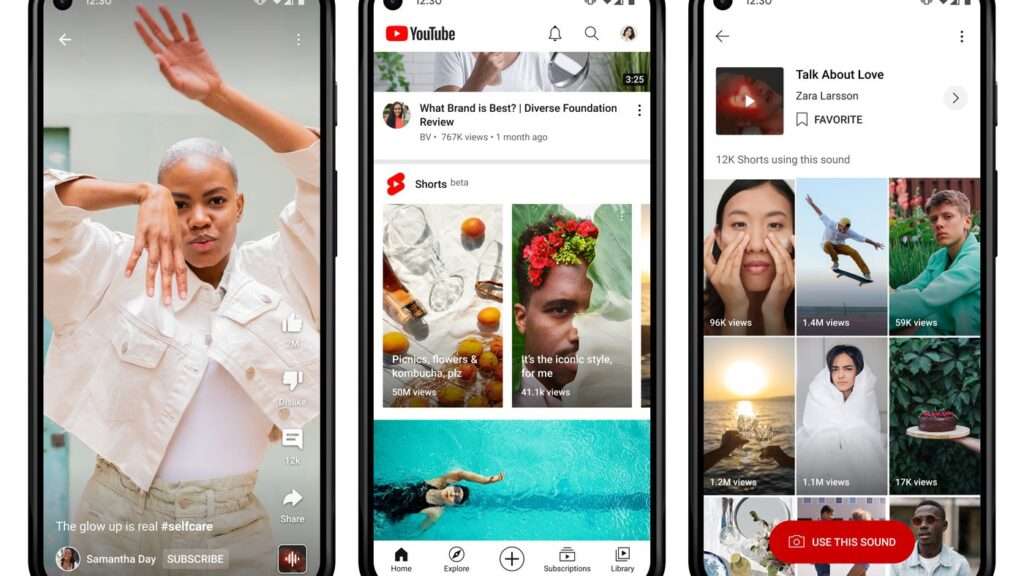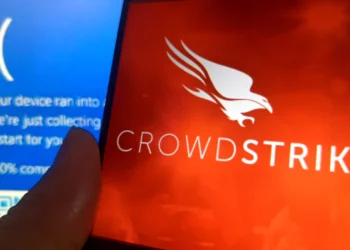Amidst looming uncertainty over TikTok’s future in the US, YouTube is seizing the opportunity to highlight the success of its rival platform, YouTube Shorts.
The tech giant revealed on Thursday, March 28 that Shorts now garners an impressive 70 billion daily views, with over a quarter of YouTube Partner Program channels monetizing their content through Shorts.
This announcement comes hot on the heels of TikTok’s recent revelation regarding its revamped creator fund, boasting a staggering 250% increase in total revenue over the past six months.
YouTube’s announcement of Shorts’ success arrives at a pivotal moment as TikTok faces potential regulatory hurdles in the United States.
Moreover, the revelation that over 25% of channels within YouTube’s Partner Program are leveraging Shorts for revenue generation underscored its growing popularity among creators.
Since September 2022, the platform has been offering revenue-sharing options for Shorts creators as part of its expanded YouTube Partner Program (YPP). Before this expansion, creators producing long-form content were required to amass 1,000 subscribers and 4,000 watch hours to qualify for revenue-sharing.
However, with the introduction of Shorts, a new threshold was introduced in early 2023, enabling creators to qualify with 1,000 subscribers and 10 million Shorts views over 90 days. These creators stand to earn 45% of the ad revenue generated by their short videos, providing a lucrative incentive for participation.
That program is now one year old, the company says. What’s more, YouTube notes that creators participating in the partner program for Shorts often monetize in other ways, as well.
Over 80% of YPP creators generating money through Shorts also earn from long-form advertising, fan funding, YouTube Premium, BrandConnects, Shopping, and other means. That indicated that creating for Shorts is not necessarily a standalone endeavor for many, but rather serves as one aspect of creators’ larger businesses.
In total, YouTube says its 16-year-old YPP now includes over 3 million creators worldwide and has paid out $70 billion to creators, artists, and media companies in just the last three years.
That’s larger than “any other creator monetization platform,” YouTube notes, in a swipe clearly aimed at TikTok.
Shorts Paying Off In a Big Way For Some Creators.

During the pandemic, Morgan, a beauty enthusiast, began sharing her content on Instagram and later on YouTube. Having acquired makeup techniques from predecessors on YouTube while growing up, she ventured into content creation herself.
While Morgan commenced her postings in 2020, she noted a significant surge in her YouTube following after the introduction of Shorts on the platform the following year. On the day Shorts was launched, she uploaded a Short that showed emoji-inspired makeup styles, which quickly garnered an astounding 30 million views.
“The nature of short-form content is that it can be consumed so quickly, and it’s the best format to cast a wide net and pull in new viewers,” said Morgan. “I use Shorts as a supplement to reach new audiences and funnel them into my long-form now.”
Shorts is now Morgan’s primary income source, too, amounting to around $20,000 each month, two-thirds of her total earnings from YouTube, she said.
“I make more from just YouTube Shorts (revenue) sharing in a month than I can make on other comparable platforms in a year,” she said.
Not all content creators on YouTube are embracing the Shorts feature. Some have turned to platforms like Reddit or even created YouTube videos to express dissatisfaction.
They are concerned that Shorts are now occupying space on YouTube’s homepage and receiving promotion, potentially making it more challenging for traditional, long-form YouTubers to attract an audience.
Furthermore, some creators are hesitant to adapt their content to fit within a 60-second clip. Destin Sandlin, known for his 17-year-old science education channel, SmarterEveryDay, explained that he has refrained from using Shorts because he prefers to delve deeply into the subjects he presents to viewers.
READ ALSO: Election 2024, Hold Politicians Accountable – CDD Urges Media





















